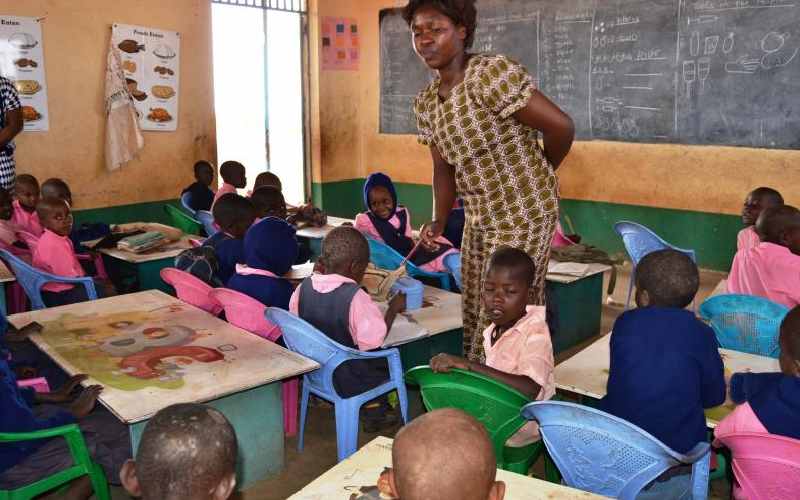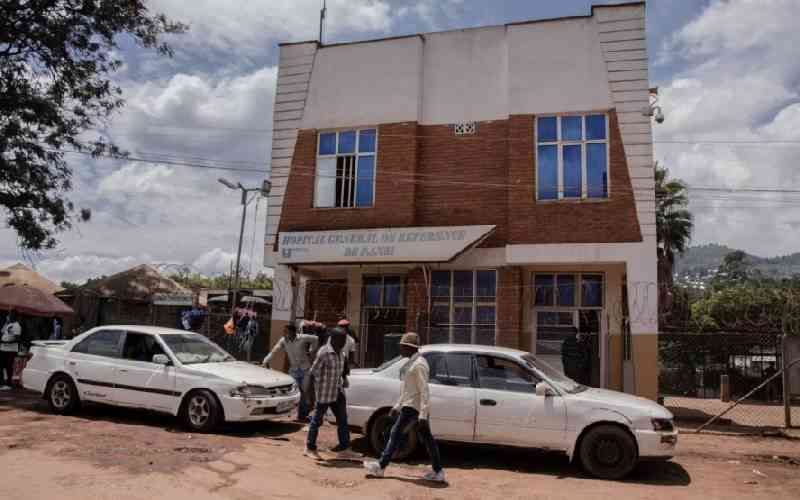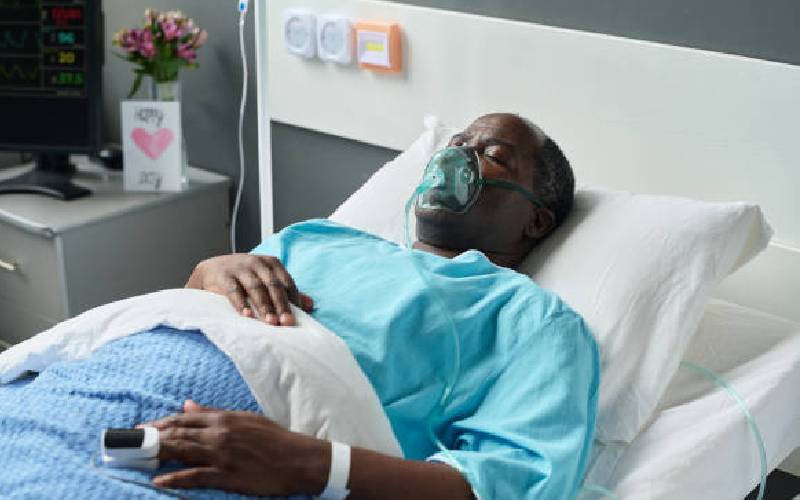
All schools in Kenya reopen from today after nearly a year of closure due to the coronavirus pandemic. This marks a seminal moment in the fight against Covid-19. Will it lead to an increased rate of infection? Yes. Will it result in school closures and the return of remote learning in some cases? Yes. Anyone who thinks otherwise is fooling themselves.
The insidious nature of the disease – the fact that it is transmitted under a veil of asymptomatic carriers – makes containment extremely difficult, and eradication next to impossible without a lockdown of gargantuan proportions, one that comes with too big a risk to livelihoods and the economy. There is no alternative but to reopen society gradually while dousing fires where they occur.
There was a perception at the outset that we could lock down and reopen in discrete phases with the disease kept at bay, but that’s proved impossible. What we are getting instead is a messy in-between. Some people are back at work, others in limbo. Some sectors reopened, others closed or partially open, while case numbers tick up and down sporadically. Throw in a lockdown-fatigued public and a government in disarray and the road ahead looks decidedly bumpy.
The reopening of schools has been the singular objective of Prof George Magoha and his honchos at the Education ministry for months. Kenya has approximately 46,530 pre-primary centres, 32,344 primary schools and 10,487 secondary schools. Together they have approximately 10 million children and more than 300,000 teaching staff, not to mention the non-teaching staff. All these are going back into circulation – on transport, in the classroom – this week. That’s an exposure event of unparalleled proportion that most countries have not attempted.
In some jurisdictions, reopening has been followed with new cases being reported and hundreds of teachers and students forced to quarantine after outbreaks. Students from all school age groups were affected, suggesting no one group was more at risk than others. It is unlikely we will avoid this type of scenario, but we cannot afford to panic or indulge in nonsense like anti-mask wearing protests.
Studies suggest young children are the least vulnerable to Covid-19 and that classrooms do not constitute large infection risks. But the data are not considered definitive, and the real-world experience so far is mixed. When schools in Denmark, Germany and Austria reopened, the infection rate did not go up, possibly because younger children’s less-developed immune systems do not allow “the virus to attach as easily” according to some medical doctors.
The focus, from here on, must be on the strict adherence to safety protocols in schools – that means changes to transport, classroom layouts, break times and extra-curricular activity – and beefing up our testing and tracing infrastructure.
A study conducted at the University College London to assess the amount of testing and tracing needed to stop the virus rebounding as society eases restrictions provides an insight into how good the system needs to be. It found that if all children return to school and almost three-quarters of people return to workplaces, the UK needed to be testing 75 per cent of symptomatic Covid-19 cases to stay on top of the spread of the virus. Similarly, the proportion of the contacts traced would also have to increase dramatically. The research suggests a high bar needs to be set.
Tracing contacts
The negative with having more younger people testing positive is that turnaround times for tracing contacts is slower, as younger people tend to have bigger social networks. In some instances, up to 50 individuals are having to be traced from a single positive case. Consequently, more testing locations with extended opening hours need to be set up, while additional resources need to be allocated to contact tracing, including increasing the number of staff carrying out the process.
I can understand that teachers are nervous about returning to school, but they should take a cue from fellow essential workers and do their job. Even people who think there is a fundamental difference between a nurse and a teacher in a pandemic must realise there is not one between mama mboga and a teacher, in terms of the obligation.
The government is absolutely correct that teachers must return to the classroom. Schools, especially in low-income and marginalised communities, cannot be kept closed indefinitely. Above all, this is an equity issue. While many middle-and high-income families will be able to afford private tutors and attend schools with more resources available for distance learning, those in low-income and marginalised communities do not have this option.
Edwin Wanjawa teaches at Pwani University
Stay informed. Subscribe to our newsletter
 The Standard Group Plc is a
multi-media organization with investments in media platforms spanning newspaper
print operations, television, radio broadcasting, digital and online services. The
Standard Group is recognized as a leading multi-media house in Kenya with a key
influence in matters of national and international interest.
The Standard Group Plc is a
multi-media organization with investments in media platforms spanning newspaper
print operations, television, radio broadcasting, digital and online services. The
Standard Group is recognized as a leading multi-media house in Kenya with a key
influence in matters of national and international interest.
 The Standard Group Plc is a
multi-media organization with investments in media platforms spanning newspaper
print operations, television, radio broadcasting, digital and online services. The
Standard Group is recognized as a leading multi-media house in Kenya with a key
influence in matters of national and international interest.
The Standard Group Plc is a
multi-media organization with investments in media platforms spanning newspaper
print operations, television, radio broadcasting, digital and online services. The
Standard Group is recognized as a leading multi-media house in Kenya with a key
influence in matters of national and international interest.









